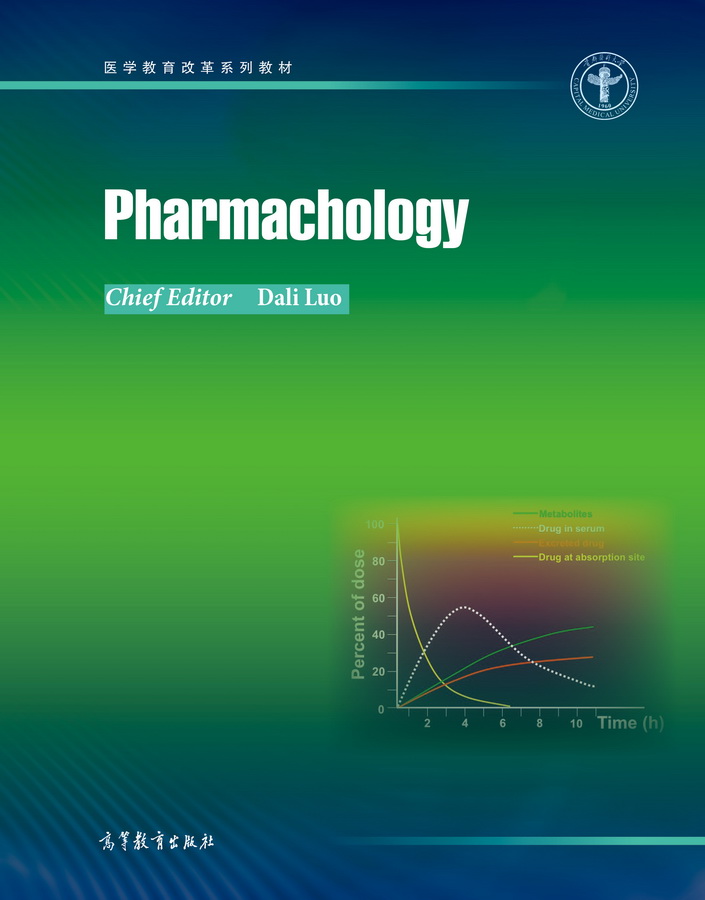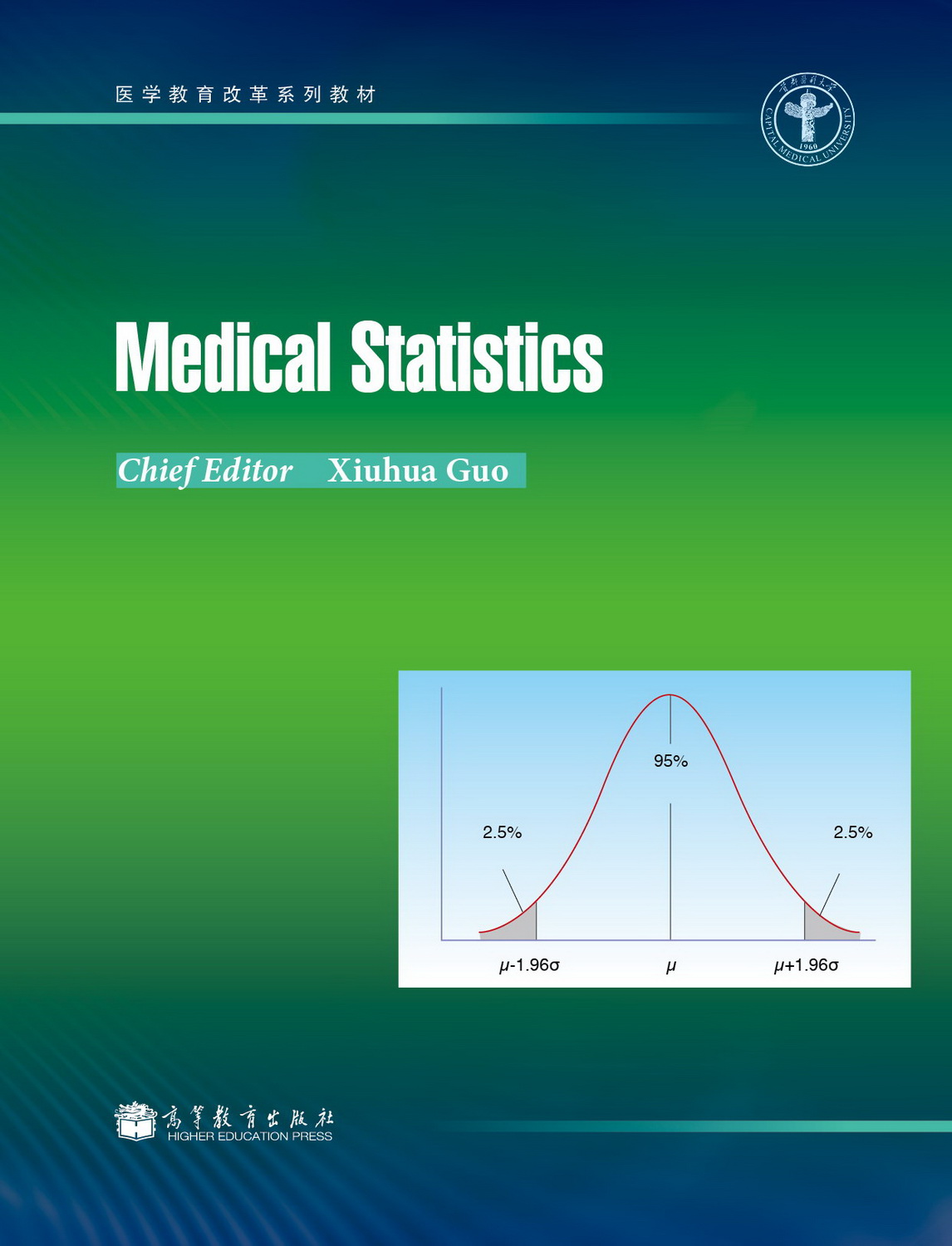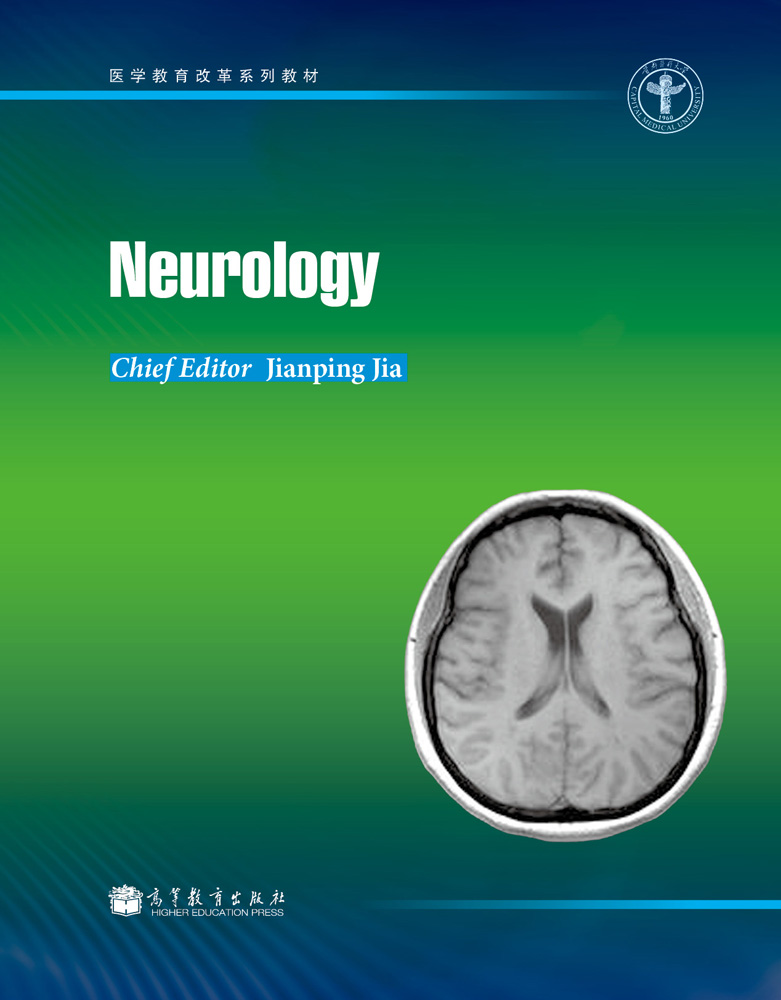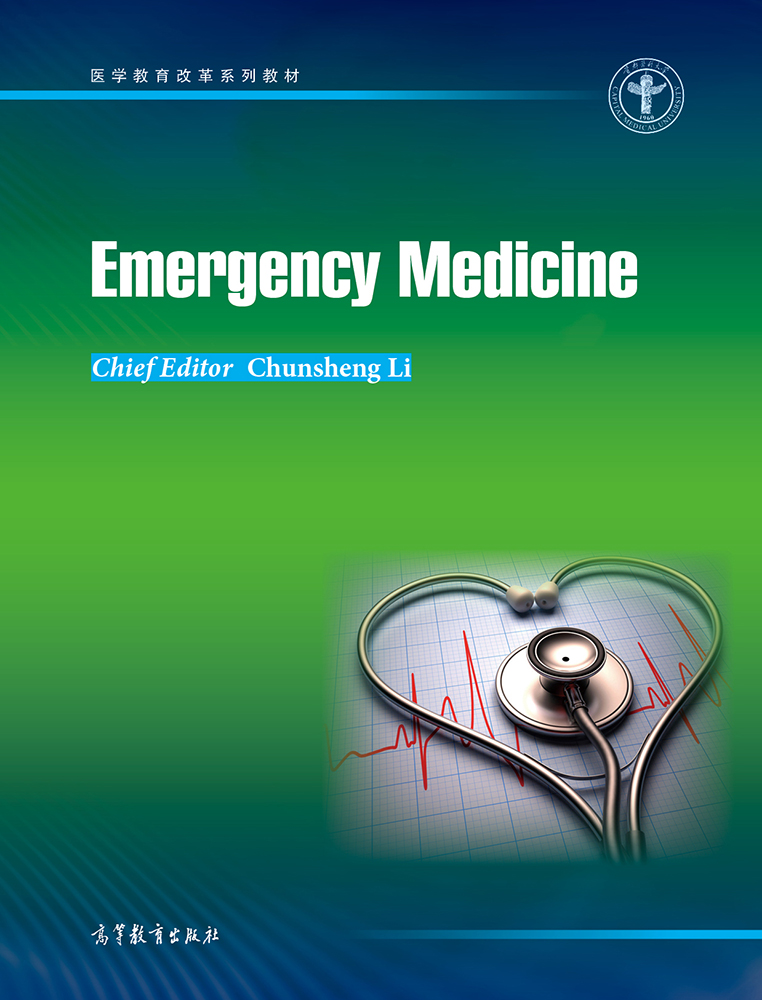Pharmachology(药理学)
作者: 罗大力
出版时间:2015-07
出版社:高等教育出版社
- 高等教育出版社
- 9787040425413
- 1版
- 103194
- 40261417-6
- 平装
- 大大16开
- 2015-07
- 510
- 286
- 医学
- 基础医学类
- R96
- 医学
- 本科
《药理学(英文版)》为“医学教育改革系列教材”(英文)之一,包括6篇41章,篇绪论介绍药效学的基本原理、药物作用的分子机制和药代动力学,第二至五篇分述作用于周围神经系统、中枢神经系统、泌尿系统、心血管系统、胃肠道、呼吸系统、内分泌系统的药物,第六篇介绍化学疗法。
《药理学(英文版)》主要适用于医学本科生双语教学和留学生教学。
Front Matter
Unit 1 Introduction to Pharmacology
Chapter 1 Introduction
1.1 Introduction
1.2 Drugs and Placebos
1.3 FDA and SFDA
1.4 Brief History of Pharmacology
1.5 Health, Disease and Drug Treatment
Chapter 2 General Principles of Pharmacodynamics
2.1 Introduction
2.2 Drug Action and Drug Effect
2.3 Dose effect Relationship
2.4 Drug Therapeutic Action and Adverse Drug Reaction
2.5 Factors Affecting the Drug Action
2.6 New Drug Development
Chapter 3 The Molecular Mechanisms of Drug Action
3.1 Introduction
3.2 The Mechanisms of Drug Action
3.3 Receptor Theories and Interactions of Drugs and Receptors
Chapter 4 Pharmacokinetics
4.1 Introduction
4.2 Drug Transport
4.3 Compliance
4.4 In vivo Process of Drugs
4.5 Pharmacokinetics
4.6 Drug Interaction
Unit 2 Drugs Affecting the Function of Neuroeffectors
Chapter 5 The Pharmacological Outline of Autonomic Nervous Systems
5.1 Introduction
5.2 Neurotransmitters and Pharmacology
Chapter 6 Cholinergic Agonists
6.1 Introduction
6.2 Cholinoceptor activating Drugs
Chapter 7 Cholinergic Antagonists
7.1 Introduction
7.2 Muscarinic Cholinergic Blocking Drugs
Chapter 8 Adrenergic Agonists
8.1 Introduction
8.2 Adrenergic Receptor Agonists
Chapter 9 Adrenergic Antagonists
9.1 Introduction
9.2 Adrenergic Receptor Antagonists
Chapter 10 Local Anesthetics
10.1 Introduction
10.2 Classification of Local Anesthetics
10.3 Drugs Commonly Used in Clinics
Unit 3 Drugs Affecting the Central Nervous System
Chapter 11 Anxiolytic and Hypnotic Drugs
11.1 Introduction
11.2 Drugs Commonly Used in the Treatment of Anxiety and Insomnia
Chapter 12 Antipsychotic Drugs
12.1 Introduction
12.2 Antipsychotic Drugs
12.3 Antidepressants and Antimanics
Chapter 13 Antiepileptic Drugs
13.1 Introduction
13.2 Mechanism of Action of Antiepileptic Drugs
13.3 Antiepileptic Drugs
13.4 General Principles for Drug Usage
Chapter 14 Drugs for Treatment of Parkinson's Disease
14.1 Introduction
14.2 Drugs Commonly Used for Treatment of Parkinson's Disease
Chapter 15 Analgesic Drugs
15.1 Introduction
15.2 Analgesic Drugs (Opioids): Agonists of Opioid Receptors
15.3 Antagonists of Opioid Receptors
Chapter 16 Nonsteroidal Anti inflammatory Drugs
16.1 Introduction
16.2 Nonsteroidal Anti inflammatory Drugs
Unit 4 Drugs Affecting Renal and Cardiovascular Function
Chapter 17 Diuretic Drugs
17.1 Introduction
17.2 Commonly Used Diuretics
Chapter 18 Calcium Channel Blockers
18.1 Introduction
18.2 The Commonly Used Calcium Channel Blockers
Chapter 19 Drugs for Congestive Heart Failure
19.1 Introduction
19.2 Drugs Commonly Used in the Treatment of Congestive Heart Failure
Chapter 20 Antihypertensive Agents
20.1 Introduction
20.2 Drugs Used for the Treatment of Hypertension
Chapter 21 Antiarrhythmic Drugs
21.1 Introduction
21.2 Antiarrhythmia Drugs
Chapter 22 Antianginal Drugs
22.1 Introduction
22.2 Drugs Commonly Used in the Treatment of Angina
Chapter 23 Antihyperlipidemic Drugs
23.1 Introduction
23.2 Drugs Commonly Used in the Treatment of Hyperlipidemia
Chapter 24 Drugs Affecting Haemostasis and Thrombosis
24.1 Introduction
24.2 Commonly Used Drugs
Chapter 25 Agents Used in Anemia
25.1 Introduction
25.2 Drugs Commonly Used in the Treatment of Anemia
Unit 5 Drugs Affecting Gastro intestinal Tract, Respiratory or Endocrine System
Chapter 26 Steroid Hormones
26.1 Introduction
26.2 Steroid Hormones
Chapter 27 Hormones of Thyroid and Anti thyroid Drugs
27.1 Introduction
27.2 Thyroid Hormones
27.3 Antithyroid Drugs
Chapter 28 Insulin and Oral Hypoglycemic Drugs
28.1 Introduction
28.2 Drugs Commonly Used in the Treatment of Diabetes Mellitus
Chapter 29 Drugs Affecting the Respiratory System
29.1 Introduction
29.2 Drugs Commonly Used in the Treatment of Airway Diseases
Chapter 30 Drugs Affecting the Gastrointestinal System
30.1 Introduction
30.2 Drugs Used to Treat Peptic Ulcer Disease
30.3 Antiemetic Drugs
30.4 Laxatives
Unit 6 Chemotherapy
Chapter 31 Introduction to Antimicrobial Therapy
31.1 Introduction
31.2 Selection of Antimicrobial Agents
31.3 Therapy with Combined Antimicrobial Agents
Chapter 32 β Lactam Antibiotics
32.1 Introduction
32.2 Penicillins
32.3 Cephalosporins and Cephamycins
32.4 Other β Lactam Antibiotics
32.5 β Lactamase Inhibitors (Clavulanic Acid, Sulbactam and Tazobactam)
Chapter 33 Macrolides, Lincomycins, Polymyxins and Vancomycin
33.1 Introduction
33.2 Macrolides
33.3 Lincomycins
33.4 Polymyxins
Chapter 34 Aminoglycosides
34.1 Introduction
34.2 Commonly Used Aminoglycosides Clinically
Chapter 35 Tetracyclines and Chloramphenicol
35.1 Introduction
35.2 Tetracyclines
35.3 Chloramphenicol
Chapter 36 Quinolones
36.1 Introduction
36.2 Characteristics of Quinolones and Commonly Used Quinolones
Chapter 37 Sulfonamides and Other Synthesized Antimicrobial Drugs
37.1 Introduction
37.2 Sulfonamides
37.3 Trimethoprim
37.4 Other Synthetic Antimicrobial Drugs
Chapter 38 Antifungal Drugs and Antiviral Drugs
38.1 Introduction
38.2 Drugs Used to Treat Fungal Infections
38.3 Antiviral Drugs
38.4 Drugs Used to Treat HIV Infection
Chapter 39 Antituberculosis Drugs and Antileprotic Drugs
39.1 Introduction
39.2 Antituberculosis Drugs
39.3 Antileprotic Drugs
Chapter 40 Antiprotozoan Drugs
40.1 Introduction
40.2 Antimalarial Drugs
40.3 Anti amebic Drugs
Chapter 41 Anticancer Drugs
41.1 Introduction
41.2 Anticancer Drugs
41.3 Biological Response Modifiers
Reference










